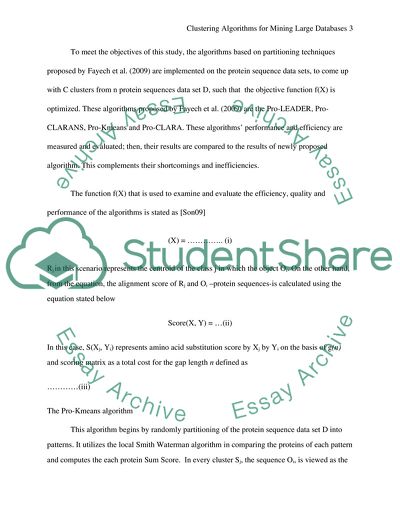Cite this document
(The Efficiency of Clustering Algorithms for Mining Large Data Bases Coursework Example | Topics and Well Written Essays - 1250 words, n.d.)
The Efficiency of Clustering Algorithms for Mining Large Data Bases Coursework Example | Topics and Well Written Essays - 1250 words. https://studentshare.org/information-technology/1819891-data-mining
The Efficiency of Clustering Algorithms for Mining Large Data Bases Coursework Example | Topics and Well Written Essays - 1250 words. https://studentshare.org/information-technology/1819891-data-mining
(The Efficiency of Clustering Algorithms for Mining Large Data Bases Coursework Example | Topics and Well Written Essays - 1250 Words)
The Efficiency of Clustering Algorithms for Mining Large Data Bases Coursework Example | Topics and Well Written Essays - 1250 Words. https://studentshare.org/information-technology/1819891-data-mining.
The Efficiency of Clustering Algorithms for Mining Large Data Bases Coursework Example | Topics and Well Written Essays - 1250 Words. https://studentshare.org/information-technology/1819891-data-mining.
“The Efficiency of Clustering Algorithms for Mining Large Data Bases Coursework Example | Topics and Well Written Essays - 1250 Words”. https://studentshare.org/information-technology/1819891-data-mining.


